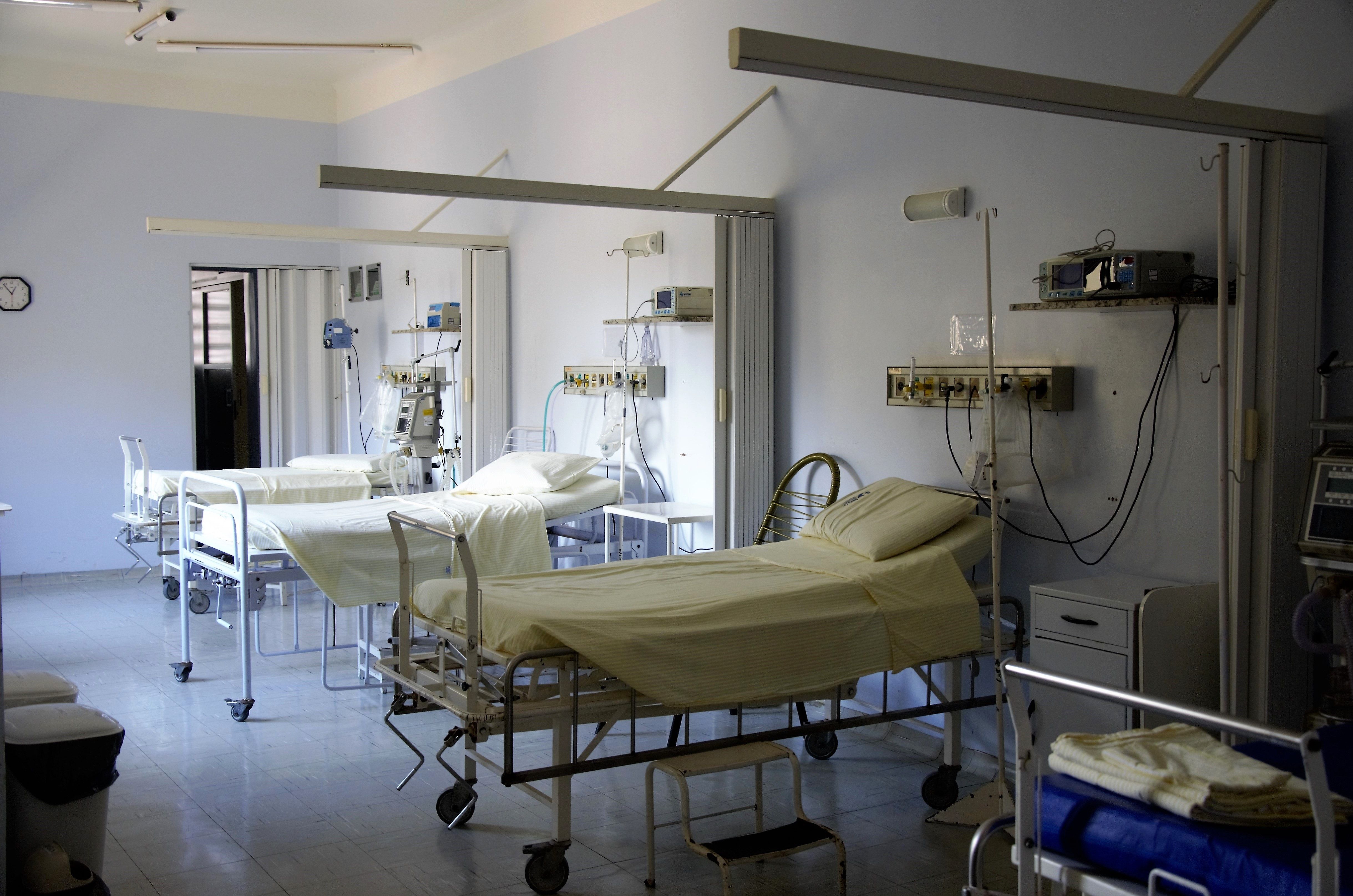Article
More Epidemiological Monitoring Needed for C Difficile in Chinese Hospitals
Author(s):
The most frequent mutations found in the analyzed genomes was fluoroquinolone-associated mutations such as gyrA and there were 24 different sequence types were identified in the 130 isolates.
Credit: Pixabay / Pexels

A new analysis of several hospitals in China show which specific strains for Clostridioides difficile are spreading throughout hospitals, highlighting a growing need for better surveillance techniques.1
A team, led by Chunhui Shu, Department of Laboratory Medicine, Ningbo Mingzhou Hospital, identified the genomic profile of C. difficile strains at multiple hospitals in China.
A Need for Better Monitoring
There currently is very limited surveillance of CDI in China, particularly in terms of multi-hospital epidemiological reports.
There remains a need for better surveillance, particularly in recent years as specific strains of C. difficile have emerged and spread throughout the world.
“With the outbreak of hypervirulent ribotyping 027 (B1/NAP1/ST1) in Europe and North America, C. difficile has become a major challenge affecting public health and represents a significant burden for global health-care systems,” the authors wrote. “In 2015, C. difficile ribotyping 027 was detected for the first time on mainland China after which sporadic occurrences of ribotyping 027 were reported.”
In the prospective study, the investigators addressed antimicrobial susceptibility profiles and genomic epidemiology of C. difficile strains isolated from inpatients with diarrhea in 7 tertiary hospitals in the same city between June 2020 and November 2020.
Stool Samples
The investigators collected 1954 non-repeated stool samples and identified 209 (10.7%) strains of C. difficile by culture and 177 strains of toxin-producing C. difficile isolates.
The results show the most dominant toxin gene profiles were tcdA+tcdB+ (84.2%; n = 149) and tcdA-tcdB+ (15.8%; n = 28).
In addition, 130 isolates were analyzed for antimicrobial susceptibility phenotype, where the rates of resistance to clindamycin, erythromycin, levofloxacin, and moxifloxacin were higher than to other antibiotics.
However, every strain was susceptible to metronidazole and vancomycin.
The most frequent mutations found in the analyzed genomes was fluoroquinolone-associated mutations such as gyrA and there were 24 different sequence types were identified in the 130 isolates.
The most prevalent types were ST3 (26.2%; n = 34) followed by ST54 (16.9%; n = 22) and ST2 (10%; n = 13).
On the other hand, the highly virulent strain ribotyping 027 (B1/NAP1/ST1) was not identified.
Finally, the investigators compared single nucleotide polymorphisms (SNPs) among the isolates and carried out genomic epidemiological studies.
Here, they found ST3 and ST54 could cause transmission in both intra- and inter-hospital settings.
“Although it is the so-called hypervirulent epidemic strain, ribotyping 027 (ST1), was not detected. ST3 and ST54 can be transmitted through different hospitals,” the authors wrote. “Therefore, it is necessary to conduct further molecular epidemiological monitoring of C. difficile and screening of patients admitted to key departments.”
References:
Chunhui Shu, Jiaqiang Zhou, Hongqiong Yu, Weijing Fu, Jiayi Shen, Linchun Liang, Lisi Zheng, Lin Mao, Xuyan Fu, Tao Lv & Yunbo Chen (2023) Genomic Epidemiology and Antimicrobial Resistance Profiles of Clostridioides difficile from Multi-Hospitals in a City in Eastern China, Infection and Drug Resistance, 16:, 3379-3388, DOI: 10.2147/IDR.S407497





